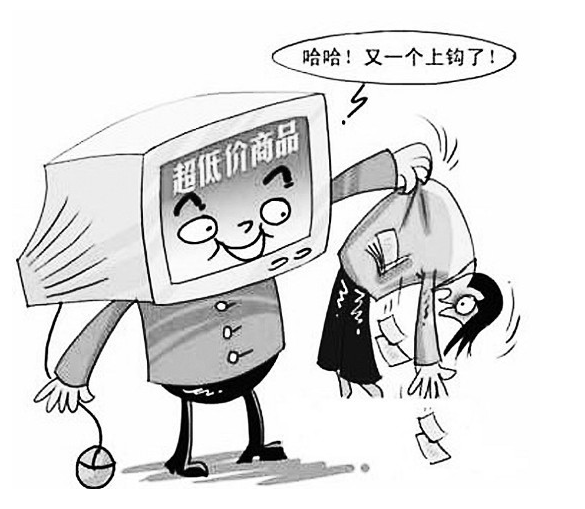(单词翻译:单击)
Business.
商业
The psychology of discounting.
“打折”心理学
Something doesn't add up.
就是算不对
How marketers can take advantage of consumers' innumeracy.
且看营销人员如何利用“数学盲”消费者
WHEN retailers want to entice customers to buy a particular product, they typically offer it at a discount. According to a new study to be published in the Journal of Marketing, they are missing a trick.
零售商想吸引顾客购买某种特别商品时,典型做法就是打折促销了。但是,一项发表在《市场营销杂志》的新研究则说明了他们并未统揽全局,掌握所有窍门。
A team of researchers, led by Akshay Rao of the University of Minnesota's Carlson School of Management, looked at consumers' attitudes to discounting. Shoppers, they found, much prefer getting something extra free to getting something cheaper. The main reason is that most people are useless at fractions.
以明尼苏达大学卡尔森管理学院的阿卡什?劳为首的调查小组研究了消费者对打折的态度。他们发现,购物者们更喜欢赠品胜过打折品。主要原因在于多数人对分数运算束手无策。
Consumers often struggle to realise, for example, that a 50% increase in quantity is the same as a 33% discount in price. They overwhelmingly assume the former is better value. In an experiment, the researchers sold 73% more hand lotion when it was offered in a bonus pack than when it carried an equivalent discount (even after all other effects, such as a desire to stockpile, were controlled for).
比如,消费者们常常很难意识到,加量50%就等同于折扣33%。绝大多人都以为前者更划算。在一次实验中,调查者们出售手霜,一种是带赠品的,另一种是打折品,两者价值相当(即使排除如囤货需要之类的其他因素),但是结果前者多售出73%。
This numerical blind spot remains even when the deal clearly favours the discounted product. In another experiment, this time on his undergraduates, Mr Rao offered two deals on loose coffee beans: 33% extra free or 33% off the price. The discount is by far the better proposition, but the supposedly clever students viewed them as equivalent.
即便当买打折品明显更划算时,人们还是无法走出数字盲区。另一次实验在本科生中展开,Rao先生出售散装咖啡豆时提供两种选择:赠送33%或者折扣33%。打折远远更加划算,但那些本以为十分聪明的学生们却认为两种促销都是一样的。
Studies have shown other ways in which retailers can exploit consumers' innumeracy. One is to befuddle them with double discounting. People are more likely to see a bargain in a product that has been reduced by 20%, and then by an additional 25%, than one which has been subject to an equivalent, one-off, 40% reduction.
根据学生们的反映,零售商们发现了其他方式来利用消费者对数字上的不敏感。比如利用二次折扣来迷惑他们。人们觉得一件商品如果先打8折再打75折,那肯定比一次性打6折要划算。
Marketing types can draw lessons beyond just pricing, says Mr Rao. When advertising a new car's efficiency, for example, it is more convincing to talk about the number of extra miles per gallon it does, rather than the equivalent percentage fall in fuel consumption.
Rao先生说,这不仅对营销手段的价格方面有所启发,其他方面也是如此。比如,在宣传新车效率时,引用每加仑汽油多跑的英里数要比引用减少的耗油量的比值要更有说服力。
There may be lessons for regulators too. Even well-educated shoppers are easily foxed. Sending everyone back to school for maths refresher-courses seems out of the question. But more prominently displayed unit prices in shops and advertisements would be a great help.
这对监管者也有所启示。即便是受过良好教育的购物者也很容易被骗。我们不可能让每个人都重新回到数学课堂。但如果商店和广告上能更清楚地标明单价的话必定可以帮上大忙。



